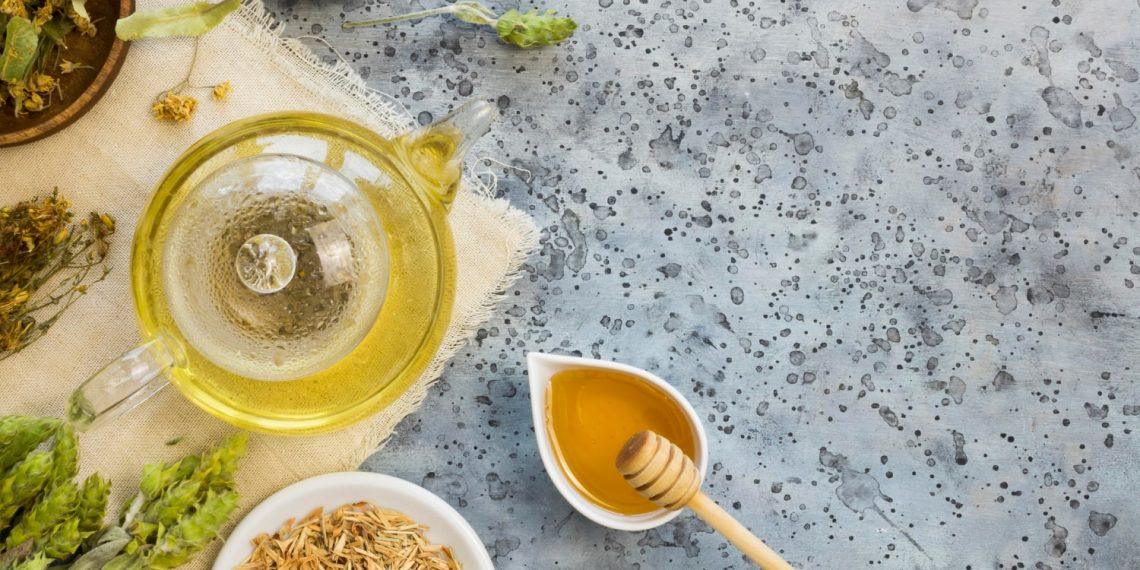Bladder relaxation tips are your secret weapon to a more comfortable life. Whether you face urgency, discomfort, or just want to bring peace to your bladder, these tips will transform your experience. Let’s dive into how you can reclaim control over your body and enjoy life to the fullest.
Contents
Understanding Bladder Health
Your bladder is more than just a bag that holds urine. It’s a crucial part of your urinary system, affecting everything from your comfort level to your emotional well-being. When your bladder is tense, you may experience discomfort, urgency, or even anxiety. Learning how to relax your bladder is not just beneficial; it’s essential for a balanced life.
Why does this matter? Because a happy bladder means a happier you. By implementing simple, effective strategies, you can reduce stress, increase comfort, and boost your overall quality of life.
Let’s explore seven essential bladder relaxation tips that you can start using today!
1. Mindful Breathing Techniques
Breathing is your first line of defense. When you feel stress creeping in, your bladder may tighten. Practicing mindful breathing can help relax both your mind and your bladder.
How to Practice:
- Find a Comfortable Position: Sit or lie down in a quiet space.
- Inhale Deeply: Count to four as you breathe in, filling your lungs completely.
- Hold: Pause for a moment, feeling the air expand in your chest.
- Exhale Slowly: Count to six as you release the breath, imagining all tension leaving your body.
Repeat this for five minutes. You’ll be amazed at how your body responds.
2. Stay Hydrated Wisely
Hydration is key, but how you hydrate matters. Drinking enough water keeps your bladder healthy, but consuming too much at once can lead to overactivity.
Tips for Hydration:
- Sip Throughout the Day: Instead of chugging a large glass, keep a water bottle handy and sip regularly.
- Limit Caffeine and Alcohol: These can irritate your bladder. Opt for herbal teas or flavored water instead.
- Listen to Your Body: Pay attention to your thirst cues and drink accordingly.
By managing your fluid intake, you can significantly improve your bladder’s comfort.
3. Pelvic Floor Exercises
Your pelvic floor muscles play a vital role in bladder control. Strengthening these muscles can help you gain more control over your bladder and reduce urgency.
Here’s How to Strengthen Them:
- Kegel Exercises: These can be done anywhere. Squeeze the muscles you would use to stop urinating, hold for five seconds, and then release. Repeat 10-15 times.
- Bridge Pose: Lie on your back with knees bent. Lift your hips while squeezing your pelvic floor muscles. Hold for a few seconds before releasing.
Aim for a daily routine. Over time, you’ll notice increased strength and control.
4. Establish a Bathroom Schedule
Creating a regular bathroom routine can help train your bladder. This is especially helpful if you experience urgency or leakage.
Steps to Follow:
- Set Timed Intervals: Start with every two to three hours during the day.
- Gradually Increase Time: As you gain control, stretch the intervals. This trains your bladder to hold urine longer.
- Track Your Progress: Keep a journal to note improvements and any discomfort.
Regularity brings predictability, and predictability brings peace of mind.
5. Incorporate Relaxation Techniques
Stress and anxiety can wreak havoc on your bladder. Integrating relaxation techniques into your daily life can help soothe both your mind and body.
Techniques to Try:
- Yoga: Poses like Child’s Pose and Cat-Cow can relieve tension in your pelvic area.
- Meditation: Spend a few minutes each day in silence, focusing on calming your thoughts and breathing.
- Progressive Muscle Relaxation: Tense and then relax different muscle groups, focusing on your abdomen and pelvic region.
Find what resonates with you and make it a part of your routine.
6. Dietary Adjustments
What you eat can impact your bladder’s health. Certain foods can irritate the bladder, leading to discomfort.
Foods to Avoid:
- Spicy Foods: They can increase bladder sensitivity.
- Acidic Fruits: Citrus fruits and tomatoes may cause irritation.
- Artificial Sweeteners: These can trigger urgency in some individuals.
Foods to Embrace:
- Fiber-Rich Foods: Whole grains, fruits, and vegetables help maintain digestive health.
- Healthy Fats: Nuts, seeds, and avocados promote overall wellness.
- Hydrating Foods: Cucumbers and watermelon can support hydration.
Adjusting your diet can work wonders for your bladder and overall health.
7. Seek Professional Guidance
Don’t shy away from consulting a healthcare professional. Sometimes, the best bladder relaxation tips come from experts who understand your unique needs.
When to Seek Help:
- Persistent Symptoms: If you experience ongoing discomfort or urgency.
- Incontinence Issues: If you’re facing leakage or inability to control urination.
- Psychological Factors: If anxiety or stress is affecting your bladder.
A healthcare provider can offer personalized advice, therapies, or treatments that may be beneficial.
Bottom Line
Implementing these bladder relaxation tips can dramatically improve your quality of life. Start with mindful breathing, stay hydrated wisely, and don’t forget about those pelvic floor exercises. A little effort goes a long way in achieving a happy, relaxed bladder.
Don’t let discomfort hold you back. Embrace these tips and take control of your bladder health today!
FAQs
Q: How long does it take to see results from these tips?
A: Many individuals notice improvements within a few weeks of consistent practice.
Q: Are there any exercises I should avoid?
A: High-impact activities may exacerbate bladder issues; opt for low-impact exercises instead.
Q: Can stress really affect my bladder?
A: Absolutely! Stress can lead to muscle tension, which affects bladder function.
Take these steps and watch your life transform. You deserve a life free from bladder-related worries!
Get Your FREE Natural Health Guide!
Subscribe now and receive our exclusive ebook packed with natural health tips, practical wellness advice, and easy lifestyle changes — delivered straight to your inbox.
















